Pain, Torture and the Religion of the Body
How on earth do we reconcile the body and the soul, and a trip to a tourist torture museum helped me deal with cancer treatment.
Thank you for subscribing. If you enjoy any aspect of my work please think about joining my Substack for £5 per month which keeps me writing and dancing.
Taking a 10-year-old boy on holiday has some unexpected highlights. While exploring the stunning town of San Gimignano in Tuscany this summer, my son spotted signs to Tuscany’s best ‘Torture Museum’! I could feel by the fervour of his demands that this request of a visit was going to have to be fulfilled.
A wonderful hour was spent in both the Museum of Torture, and its rather more decisive sister museum, the Museum of Death. I marvelled over the difference between just a bit of torturing, that could end in maiming, fingernails pulled off, hot lead poured in your ears, or your tongue cut out, to the more definitive devices of death, which really didn’t leave many options for redemption.
It was the Torture Museum, with its medieval ducking chair for witches, an original stretching wrack, and metal ‘Mickey Mouse’ style helmets with wife scolds which really got me thinking about the body, pain, torture and humiliation. These are subjects which at times the arts dance in, on and around, with the art-form of dance being particularly skilled in pain, body modification (some would call pointe shoes torture- I would be one of them) and the humiliations of the body.
My son was particularly taken by a form of torture that involved tying your arms behind you back and then dropping you from a height- an activity that would dislocate both your shoulders. Your arms would be re-socketed, and the torture would be repeated multiple times to illicit a confession. Relaxing by the swimming pool, I was reading a wonderful novel based on the life of Machiavelli; ‘The Throne’ by Franco Bernini and discovered that Machiavelli was subjected to this very torture, which made me think about torture for political means, and thankful we no longer live in such a barbaric age. I worried for Machiavelli the writer- did he suffer long term damage to his arms, his hands and his fingers? Could he write afterwards?
A book I have long studied and found inspirational is ‘The Body in Pain’ by Elaine Scarry, her chapter on the body and war helped me see a way to explore a subject as huge as war through dance and individual bodies. The chapter on the body and torture was difficult reading but helped me understand how the body is used for political means- the use of inflicted deliberate pain changes a person’s past, present and future.
Coming back to the UK in mid-August this year, I knew I was about to start three weeks of daily radiotherapy. More than a year ago, I discovered a lump in my left breast, and following a series of more and more invasive tests, I was diagnosed with stage 2 breast cancer, with surgery scheduled for as soon as possible. I went through 8-hour mastectomy surgery and reconstruction in December 2023, followed by three months of rehab and then took the difficult decision to go through a course of ‘preventative’ chemotherapy. Following the comments made recently this summer by model Elle MacPherson, there seems to be some confusion on the research results of the effects of chemo and radiotherapy. I thought long and hard about my life expectancy, statistics, proven results and possible debilitating side effects. With the support of my consultant oncologist and my incredible physio team, I took the treatments offered to me and I made sure my health and fitness was paramount. While still undergoing chemotherapy I returned to the dance studio, and while a bit sore, and with some new things to worry about, I was delighted to discover that my will to dance and love of dance was as strong as ever.
I felt fit and healthy when I started radiotherapy, but after the 15 sessions, I have to admit to feeling a bit pathetic. I was aware of the side effects, and of course each treatment affects people differently, but the sense of tiredness which seems to emanate from my bones and spread through my cells has been unique. This deep bone tiredness is coupled with an extreme skin sensitivity, putting on clothes has left me feeling on the verge of tears, an ill-fitted item of clothing has to be ripped off and discarded immediately. I’m probably not looking my best dressed right now!
On top of the physical pain has been the surprising indignity of exposing personal body parts to a new team of radiographers each day, and succumbing to huge, large humming machines. As my cancer was on my left side, I am asked to hold my breath for up to 30 seconds as a machine whirrs around you. The air in your chest protects your heart. I did a lot of breathing exercises before starting and it really helped, but I’ve still had a few moments though where I’ve got it wrong, and I’ve run out of breath! There is no doubt that through illness one has a sense of you own helplessness, of things being done to you, even if it is for your own good, not to deliberately torture you. One attempts not to be a victim of ones own physical condition and treatments.
After a good pep talk by my physiotherapist, who advised me to stop dancing for this period (good advice) and do what I can for strength training, I walked into the hospital chapel and had a good cry. A carpeted small room in a modern hospital does not inspire the awe of frescos of The Last Judgement in an Italian chapel, but there was a direct connection in me, and in my body to the suffering humans have felt and endured across centuries. What purpose does our own suffering afford us? Suffering in pain can blind one to the outside world, it can make one selfish, internal. But it can also challenge us to appreciate such smaller and more delicate moments of life and pleasure on this earth, and it challenges us to think of the suffering of others. Whilst our own physical pain is utterly really to us, another cannot ever know the pain we are suffering.
We all have bodies- not just dancers or athletes. We all live in our physical realities despite advances of technology or AI, and we all feel pain. Perhaps our own suffering brings us closer to the suffering of others. And when we feel joy and happiness, that brings us closer to how we all surpass our difficulties, our physical and mental pains.
…
Breast cancer is not uniquely a female disease, but the vast majority of patients are women, and the occurrence of the disease is increasing, but fortunately the treatment results have radically altered, where once there was stigma, there now seems to be an openness to discussing it. I’ve learnt so much about female hormones, particularly the effect of oestrogen on a woman’s’ body, and I’ve had to come to terms with a changed relationship to my own breasts and how I see my new body. Dancing is going to help me really be back in my bones and muscles and mind again.
I now return to the studio and will be posting again weekly updates, as I go from cancer to performance, rehearsing my solo show Adult Female Dancer as well as rehearsals for 5 SOLDIERS. The irony is I need to add a new chapter of my life to this autobiographical solo which explores having a female body in a life full of the joy of dance. As ever, for me as a dancer and choreographer, the pain of the body is outweighed by the delight listening to how the body can express itself.
Thank you for subscribing. If you enjoy any aspect of my work please think about joining my Substack for £5 per month which keeps me writing and dancing.


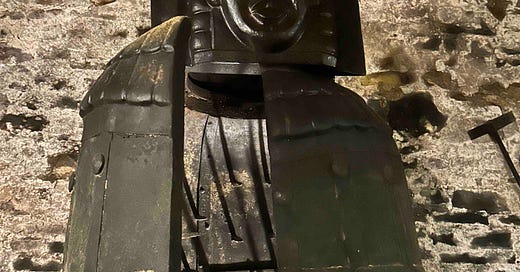


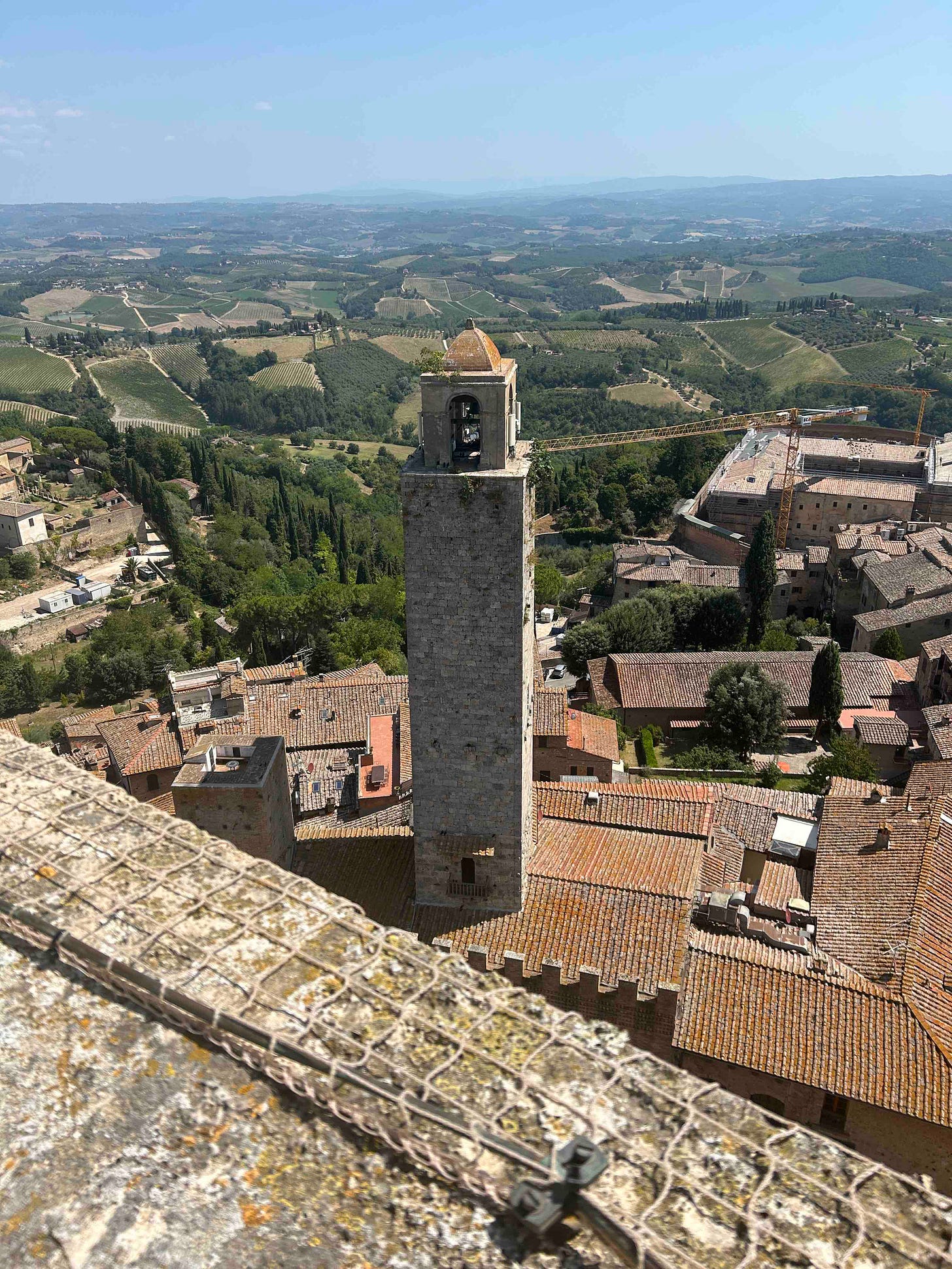
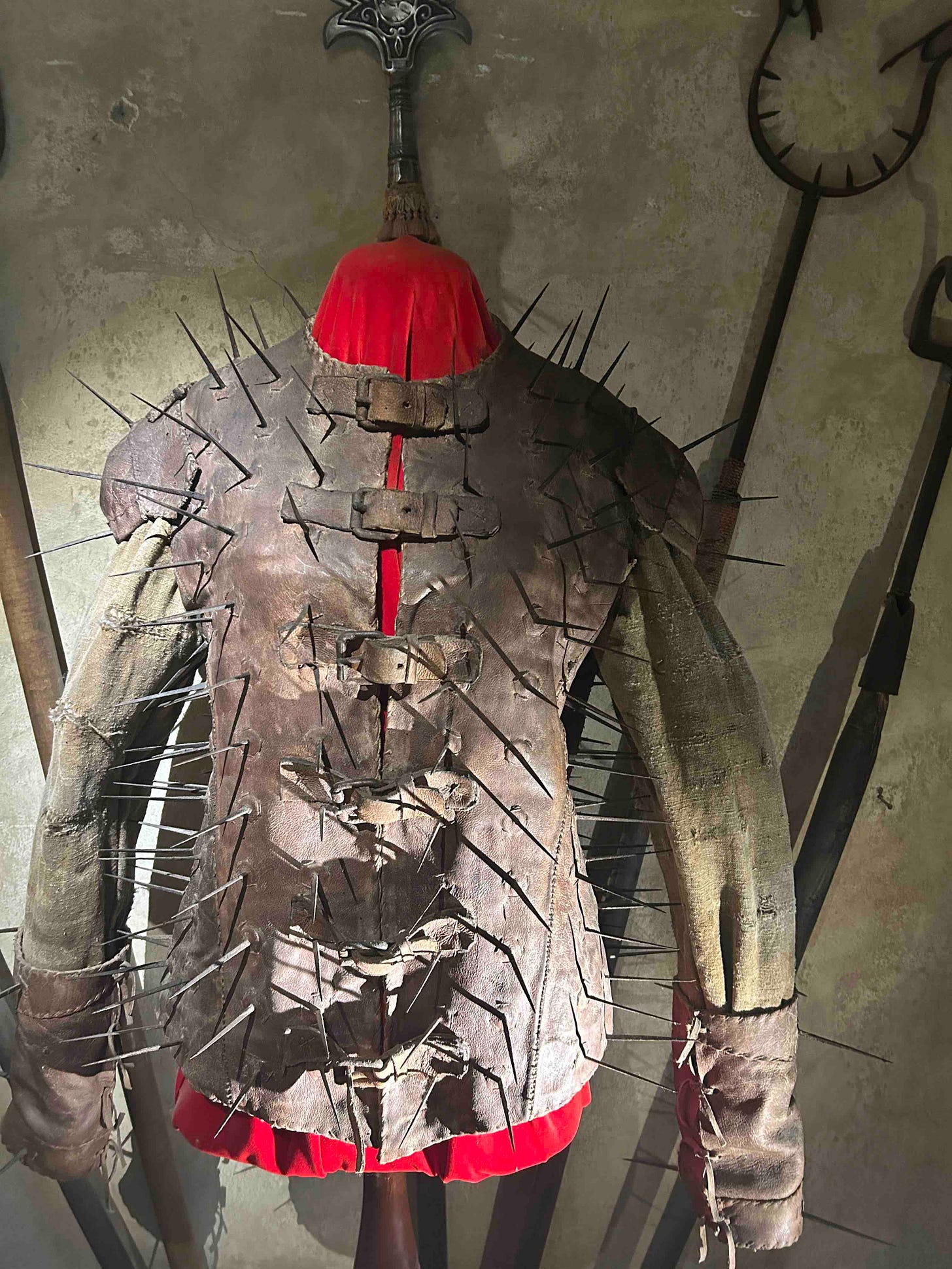

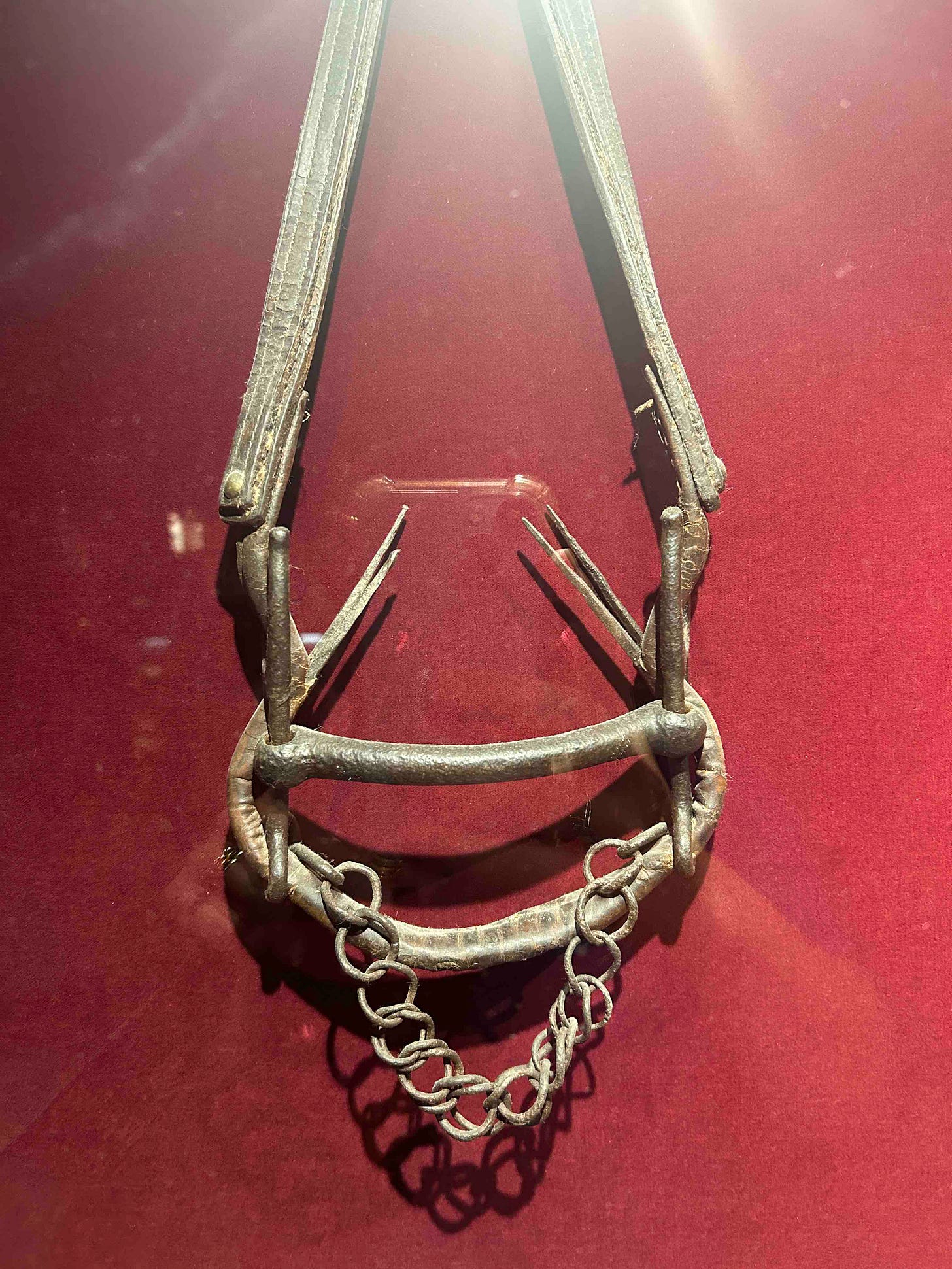
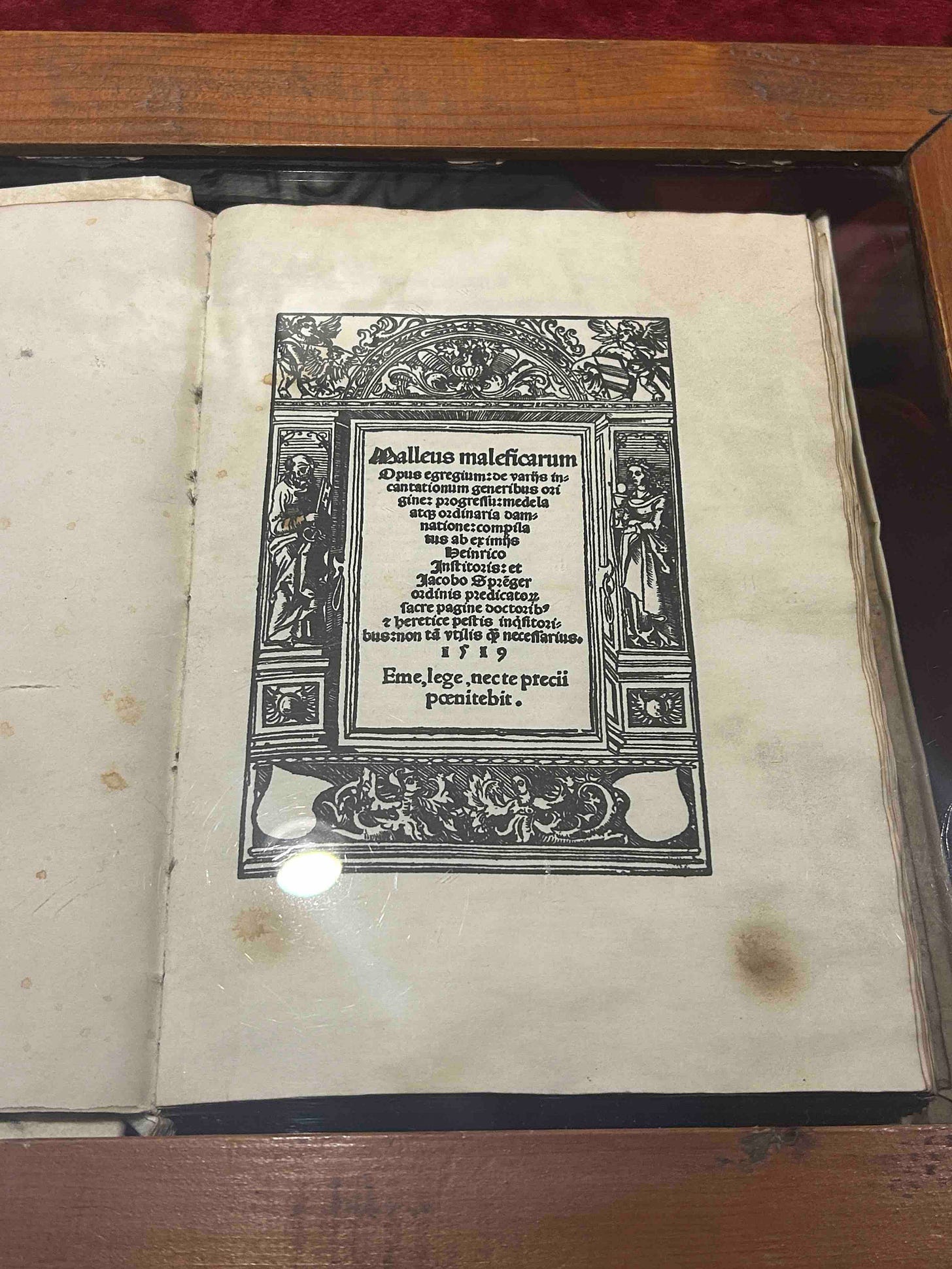

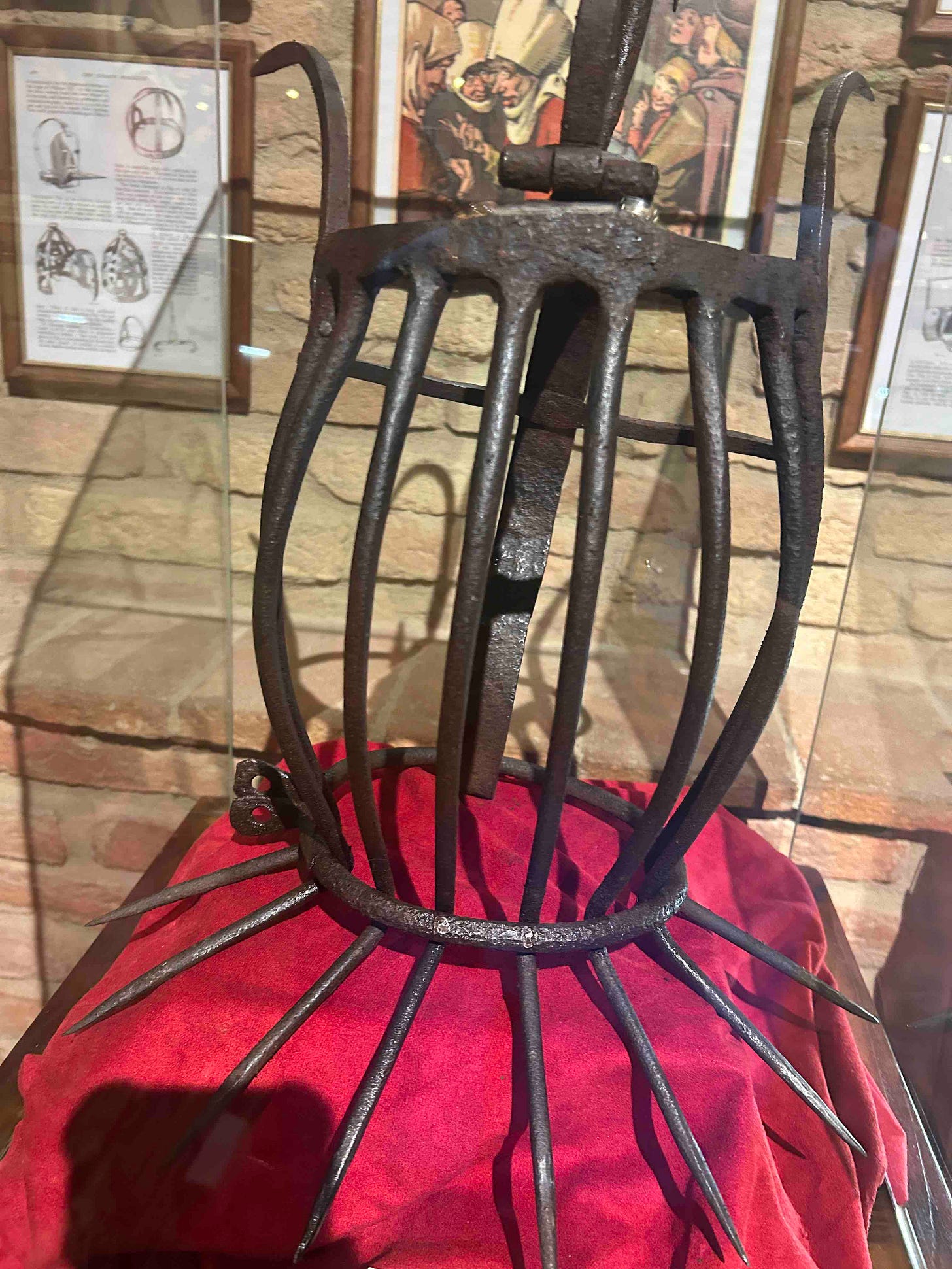

Weirdly I followed you because I listened to your experience with the activists with which I empathised enormously. I found a lump in June 23 but left it until September. I did chemo first (left side) surgery September (just lymph nodes) then finished radiotherapy last week. I only realised you had it too when you posted in the ‘cap’. I didn’t share anything with anyone. I preferred to hermit, but I used other therapies too; yoga and meditation with diet etc. Anyway, connections can be very ethereal. Lovely post, thank you.
Great post, Rosie. xxx